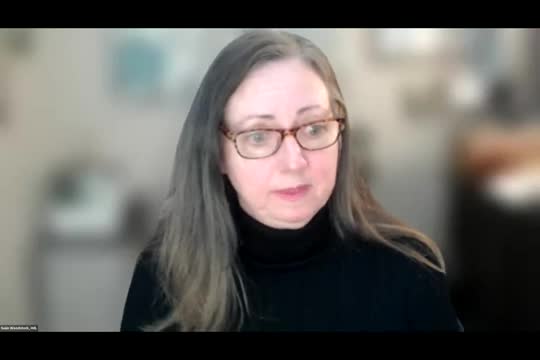Consultant explains Bradley-Burns, Measure O, and online-pool mechanics behind Davis sales tax
February 09, 2025 | Davis, Yolo County, California
This article was created by AI summarizing key points discussed. AI makes mistakes, so for full details and context, please refer to the video of the full meeting. Please report any errors so we can fix them. Report an error »

Susie Woodstock of HCL walked commissioners through how statewide sales tax is structured, how the local 1% (Bradley-Burns) is allocated, and how the city’s 1% Measure O (a voter-approved transaction and use tax) differs in distribution and scope.
Woodstock explained that the Bradley-Burns 1% is largely a point-of-sale allocation: “If a transaction occurs in the city, you get the 1% of that transaction,” she said. She described the indirect countywide pool for out-of-state-origin purchases (use tax) and said Davis’ county-pool share is determined by the city’s brick-and-mortar receipts relative to other county jurisdictions.
Why it matters: the mix of local businesses — autos/transportation, restaurants, general consumer goods and the portion of online sales shipped into or fulfilled within California — materially affects the city’s sales-tax receipts. Woodstock showed that Davis’ Bradley-Burns composition is weighted toward autos/transportation and restaurants, and that roughly 19% of the city’s Bradley-Burns receipts in the sample quarter came from the countywide pool.
Measure O differences: Woodstock explained Measure O (transaction/use tax) is destination-based and applies to deliveries into the city regardless of origin, and therefore captures more online shipments delivered to Davis addresses than Bradley-Burns. She also noted that auto measures under Measure O are tied to vehicle registration to a Davis address rather than where the purchase occurred.
Policy and outlook: Woodstock flagged several statewide drivers — legislative changes requiring out-of-state vendors to collect tax (Wayfair-era implementation), AB-era reporting changes around tax-sharing agreements, and minimum-wage legislation for large fast-food chains — that have had or could have local sales impacts. She provided a per-capita sales comparison showing Davis below several peer cities and discussed what types of businesses (regional destination retailers, fulfillment/order desks, auto dealerships) typically raise per-capita sales tax receipts.
Follow-up: Woodstock offered to provide the commission with standard per-capita and projection reports; commissioners asked for the presentation materials and a county report on allocations.
Woodstock explained that the Bradley-Burns 1% is largely a point-of-sale allocation: “If a transaction occurs in the city, you get the 1% of that transaction,” she said. She described the indirect countywide pool for out-of-state-origin purchases (use tax) and said Davis’ county-pool share is determined by the city’s brick-and-mortar receipts relative to other county jurisdictions.
Why it matters: the mix of local businesses — autos/transportation, restaurants, general consumer goods and the portion of online sales shipped into or fulfilled within California — materially affects the city’s sales-tax receipts. Woodstock showed that Davis’ Bradley-Burns composition is weighted toward autos/transportation and restaurants, and that roughly 19% of the city’s Bradley-Burns receipts in the sample quarter came from the countywide pool.
Measure O differences: Woodstock explained Measure O (transaction/use tax) is destination-based and applies to deliveries into the city regardless of origin, and therefore captures more online shipments delivered to Davis addresses than Bradley-Burns. She also noted that auto measures under Measure O are tied to vehicle registration to a Davis address rather than where the purchase occurred.
Policy and outlook: Woodstock flagged several statewide drivers — legislative changes requiring out-of-state vendors to collect tax (Wayfair-era implementation), AB-era reporting changes around tax-sharing agreements, and minimum-wage legislation for large fast-food chains — that have had or could have local sales impacts. She provided a per-capita sales comparison showing Davis below several peer cities and discussed what types of businesses (regional destination retailers, fulfillment/order desks, auto dealerships) typically raise per-capita sales tax receipts.
Follow-up: Woodstock offered to provide the commission with standard per-capita and projection reports; commissioners asked for the presentation materials and a county report on allocations.
View full meeting
This article is based on a recent meeting—watch the full video and explore the complete transcript for deeper insights into the discussion.
View full meeting
